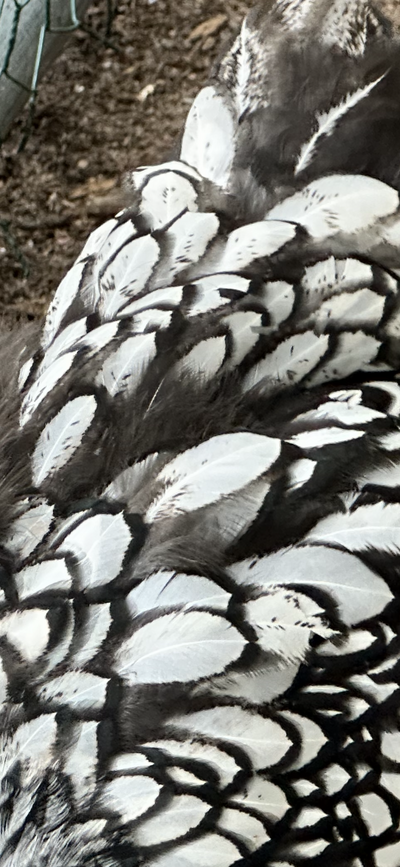fancywyandottes23
Chirping
- Sep 7, 2022
- 74
- 81
- 81
I’m looking into getting into breeding high quality silver laced Wyandottes. I’ve gotten a ton of stock from chicks and hatching eggs all over the country from select breeders. I have a couple of questions, if anyone could help me out?
1. I recently hatched some eggs from a reputable farm specializing in LF SLW. Some came out with feathered feet, and I contacted and they stated “it happens with Wyandottes.” From my guess. It sounds like Cochin was introduced, which leads me to the question are these viable to even keep, or should I cull them? If any of the birds look decent and can be retained, is the feathering feet hard to breed out, or would it eventually be phased out?
2. One of the breeders has chicks with smut / peppering in the laces. Some are very nice in form and other SoP areas. Question is, is that hard to breed out down the lines? Or should I keep getting birds that have good genetics but no peppering?
Thanks
1. I recently hatched some eggs from a reputable farm specializing in LF SLW. Some came out with feathered feet, and I contacted and they stated “it happens with Wyandottes.” From my guess. It sounds like Cochin was introduced, which leads me to the question are these viable to even keep, or should I cull them? If any of the birds look decent and can be retained, is the feathering feet hard to breed out, or would it eventually be phased out?
2. One of the breeders has chicks with smut / peppering in the laces. Some are very nice in form and other SoP areas. Question is, is that hard to breed out down the lines? Or should I keep getting birds that have good genetics but no peppering?
Thanks




